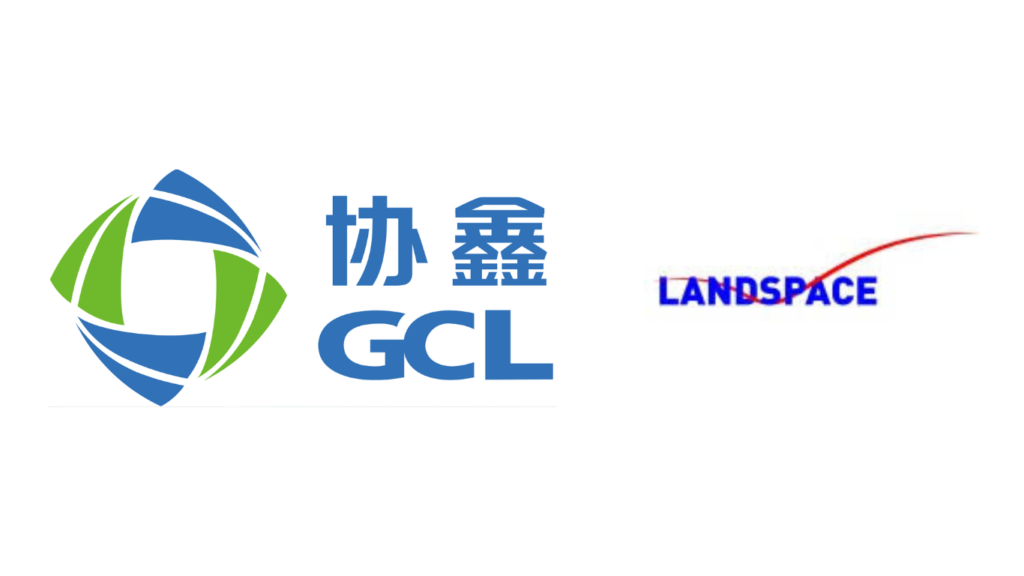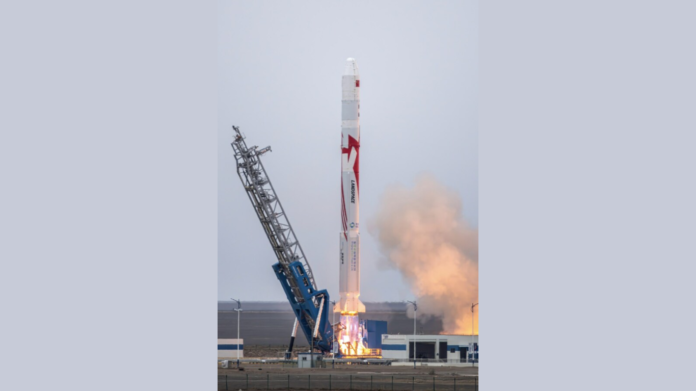In the not-so-distant future, the world watched in awe as GCL and LandSpace collaborated to launch the historic Zhuque-2 (ZQ-2 Y2) rocket from the Jiuquan Satellite Launch Center in northwest China. It was an unprecedented feat that marked the first-ever methane-powered rocket to enter orbit, setting a new course for space exploration and sustainability.
The project was a product of GCL’s unwavering commitment to “Bringing Green Power to Life” and LandSpace’s relentless pursuit of innovation. Together, they had revolutionized the world of space travel, showcasing the potential of renewable energy solutions on an interstellar scale.
GCL, renowned as a leading renewable energy service provider, played a crucial role in helping LandSpace build Zhuque-2. As a result, China emerged as the pioneer in sending a rocket to space using liquid methane—a cleaner, cheaper, and more powerful fuel ideally suited for reusable rockets. The nation’s ambition to address climate change head-on was now shining through the cosmos.
The development of Zhuque-2 was a testament to LandSpace’s independent research and breakthroughs in low-cost liquid propellant carrier rockets. Their innovative technology had taken center stage on the global space exploration front, changing the narrative of traditional rocketry and its impact on the environment.
The rocket’s successful journey to orbit garnered attention worldwide, especially as countries had begun shifting their focus toward environmentally-friendly rocket propulsion. With methane proving to be a low-carbon alternative, the dream of greener space travel had become a reality.

China’s ascent as the first nation to launch a methane-powered rocket opened a new chapter in the private aerospace industry. The nation’s commitment to developing cutting-edge, eco-friendly solutions for space travel would undoubtedly shape the future of exploration beyond Earth.
As GCL and LandSpace celebrated this milestone, their shared vision of promoting renewable energy continued to thrive. Both companies saw an opportunity to merge their technological expertise to drive innovation in the aerospace and renewable energy sectors. They aimed to unlock the potential of Generative Artificial Intelligence (AI) to digitize the entire aerospace industry value chain, pushing the boundaries of what was possible in space exploration.
GCL, a trailblazer in renewable innovation, had been empowering the world’s transition to clean energy. From building wind and solar farms in desert regions to establishing zero-carbon industry parks and smart cities, the company had redefined the concept of sustainable living.
Their participation in the Belt and Road Initiative (BRI) had furthered the cause of global decarbonization, fostering economic growth in regions worldwide. It was a testament to their commitment to make renewable energy an integral part of daily life, powering industries and economies sustainably.
As the world looked toward the stars with renewed hope, it was clear that the collaboration between GCL and LandSpace was just the beginning of a profound journey. Together, they were blazing a trail toward a greener, more sustainable future—both on Earth and beyond. Their joint effort had not only propelled a rocket to orbit but also ignited a beacon of hope for humanity’s quest to reach the stars while preserving the planet we call home.






